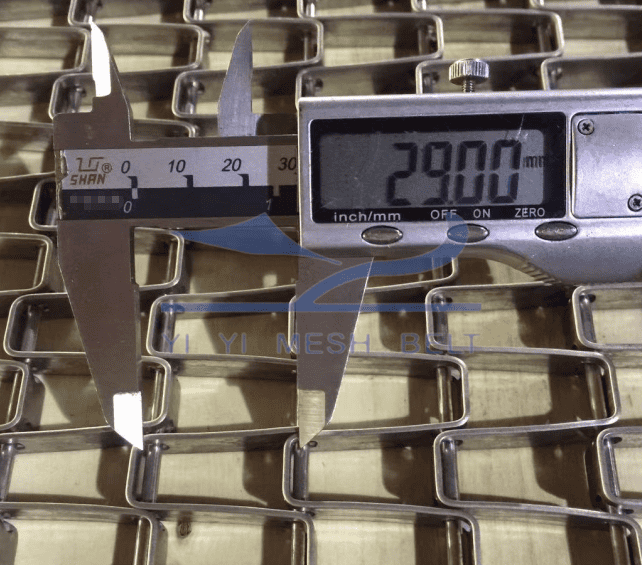Replacing a metal wire belt requires careful consideration of various parameters to ensure a seamless transition and optimal performance. In this article, we will discuss the essential parameters you need to provide when replacing the original wire belt. By understanding these factors, you can make an informed decision and select the most suitable replacement for your application.
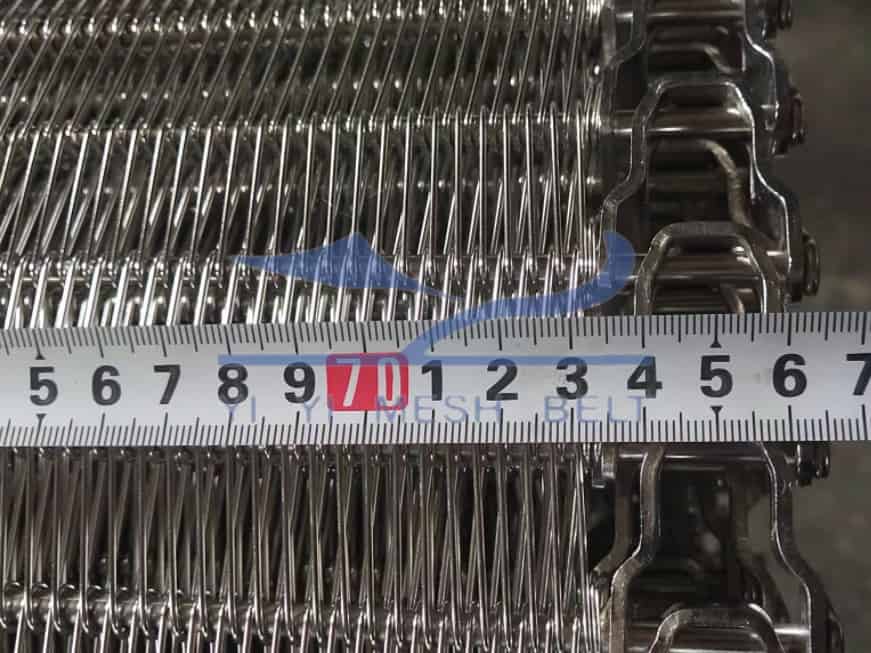
Introduction
Metal wire belts are widely used in industries such as food processing, automotive, and manufacturing. Over time, these belts may wear out or require replacement due to various factors. To ensure a successful replacement, it is crucial to provide specific parameters that will help identify the right wire belt for your needs.
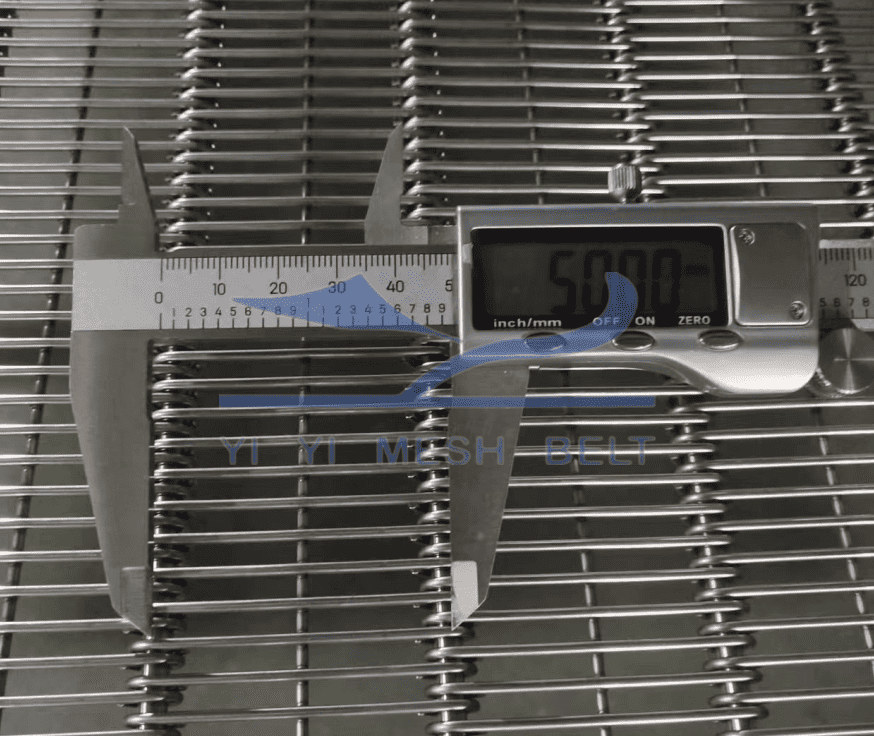
Understanding Wire Belts
Before delving into the parameters for replacement, let’s gain a basic understanding of wire belts. Wire belts consist of interlocking metal wires formed into a mesh pattern, providing a continuous and stable surface for conveying products. They offer numerous advantages such as high strength, durability, and the ability to withstand extreme temperatures.
Reasons for Replacement
There are several reasons why you may need to replace the original metal wire belt. These include wear and tear, damage from corrosive materials, changes in production requirements, or upgrading to a more advanced belt technology. Regardless of the reason, providing accurate parameters for replacement is crucial to ensure a smooth transition.
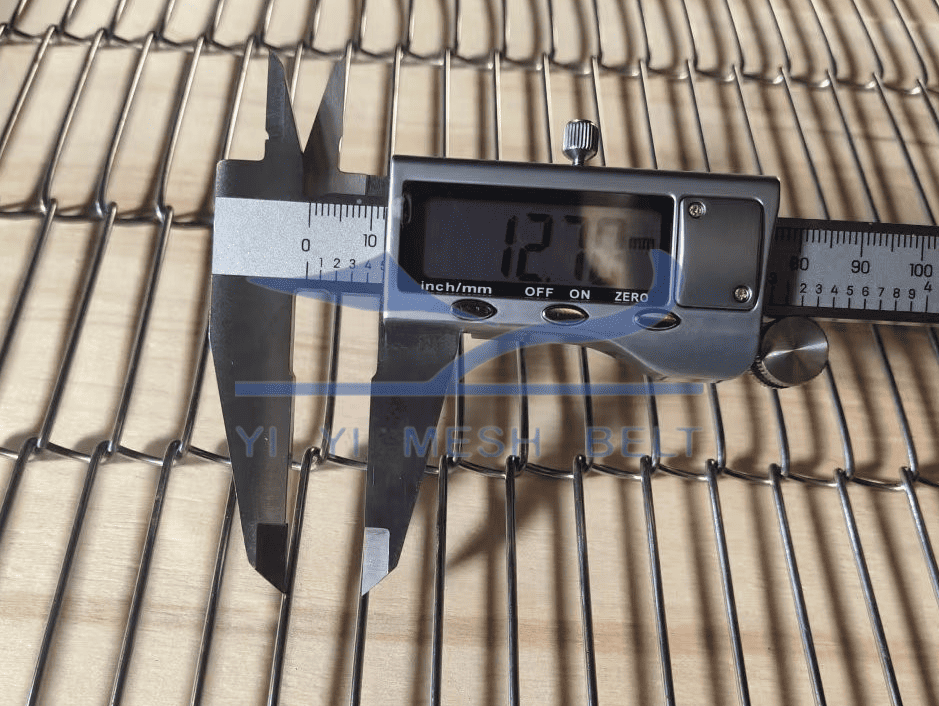
Parameters for Replacement
When replacing a metal wire belt, you should consider the following parameters:
1. Belt Material
The choice of belt material depends on the specific application requirements. Different materials offer varying levels of corrosion resistance, heat resistance, and load-bearing capacity. Common materials include stainless steel, carbon steel, and specialty alloys. Providing information about the material of the original belt is essential to select an appropriate replacement.
2. Belt Width
The belt width refers to the dimension across the belt’s width, perpendicular to its direction of travel. Accurate measurement of the belt width is crucial to ensure compatibility with the existing conveyor system. Measure the width of the original belt precisely to provide the correct parameter for replacement.
3. Belt Length
The belt length is the total circumference of the belt, determined by the distance between the conveyor’s drive and tail pulleys. Proper measurement of the belt length is essential to ensure the replacement belt fits the conveyor system without excessive tension or slack.
4. Belt Pitch
The belt pitch refers to the distance between the centerlines of adjacent wires in the belt. It affects the smooth movement of products on the conveyor. Providing the correct belt pitch ensures that the replacement wire belt aligns perfectly with the conveyor system, preventing any disruptions in the production process.
5. Belt Edge Type
Wire belts can have various edge types, including welded, clinched, or knuckled. The edge type influences the belt’s performance and its interaction with other components. Specify the original belt’s edge type to ensure the replacement belt maintains the same characteristics and compatibility.
6. Belt Mesh Size
The mesh size refers to the number of wires per inch in the belt. It determines the openness of the belt and affects product transfer and airflow. Accurate identification of the original belt’s mesh size allows for a seamless replacement that maintains the desired product characteristics.
7. Belt Surface Coating
Certain applications may require wire belts with specialized surface coatings to enhance characteristics such as non-stick properties or improved wear resistance. If the original belt had a specific surface coating, providing this information will help identify the most suitable replacement option.
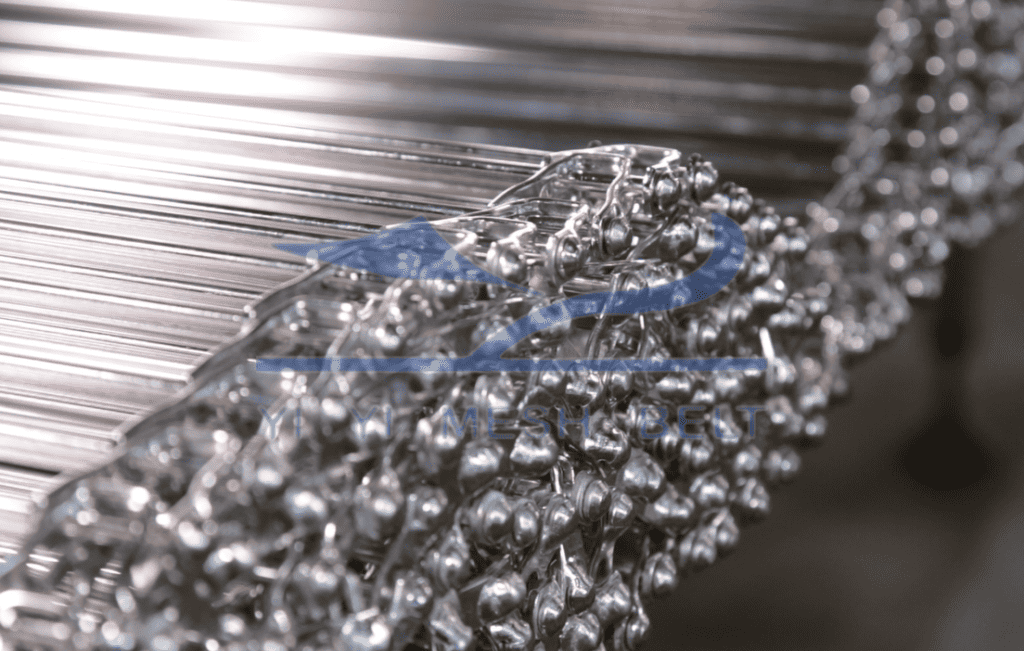
Conclusion
Replacing the original metal wire belt involves considering various parameters to ensure a successful transition. By providing accurate details regarding the belt material, width, length, pitch, edge type, mesh size, and surface coating, you can obtain a replacement wire belt that meets your specific requirements. Properly identifying these parameters minimizes downtime, maximizes productivity, and ensures the seamless operation of your conveyor system.
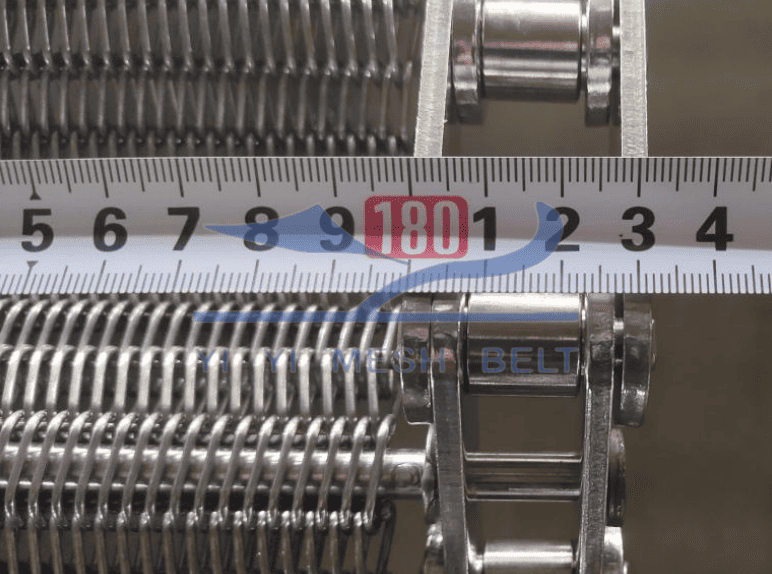
FAQs
1. How do I determine the right material for my replacement wire belt?
To determine the right material for your replacement wire belt, consider factors such as the operating environment, required corrosion resistance, and temperature range. Consult with wire belt manufacturers or experts who can recommend suitable materials based on your application’s needs.
2. What should I consider when measuring the belt width for replacement?
When measuring the belt width for replacement, ensure you measure it accurately across the width, perpendicular to the belt’s direction of travel. Take multiple measurements at various points to account for any variations.
3. How can I accurately measure the belt length for replacement?
To measure the belt length accurately, start at the drive pulley and follow the belt’s path around the conveyor until you reach the tail pulley. Make sure to measure along the centerline of the belt, taking into account any tensioners or take-up devices.
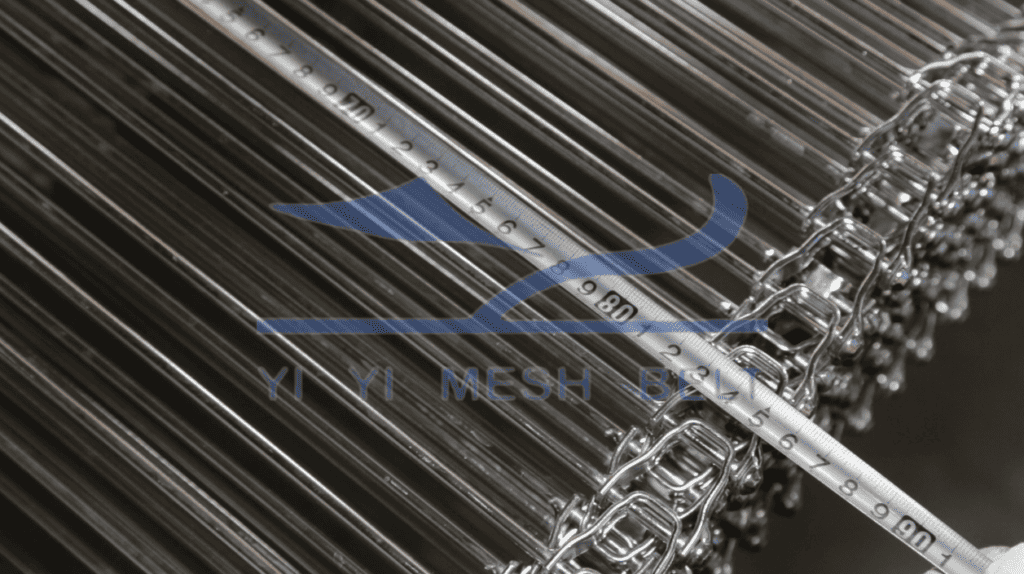
4. What is the significance of belt pitch in replacement wire belts?
The belt pitch affects the smooth movement of products on the conveyor. It is essential to provide the correct belt pitch to ensure compatibility and prevent any disruptions in the production process.
5. How does the edge type of the wire belt affect its replacement?
The edge type of the wire belt influences its performance and compatibility with other components. Providing the original belt’s edge type helps ensure a seamless replacement that maintains the desired characteristics.
6. Why is the mesh size of the replacement wire belt important?
The mesh size determines the openness of the belt, affecting product transfer and airflow. Accurate identification of the original belt’s mesh size allows for a suitable replacement that maintains the desired characteristics.

